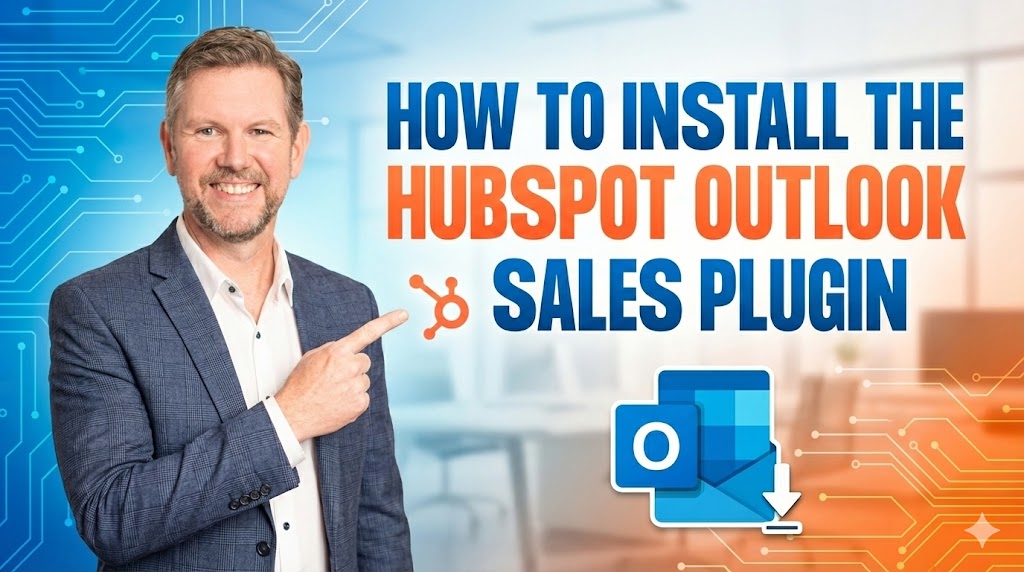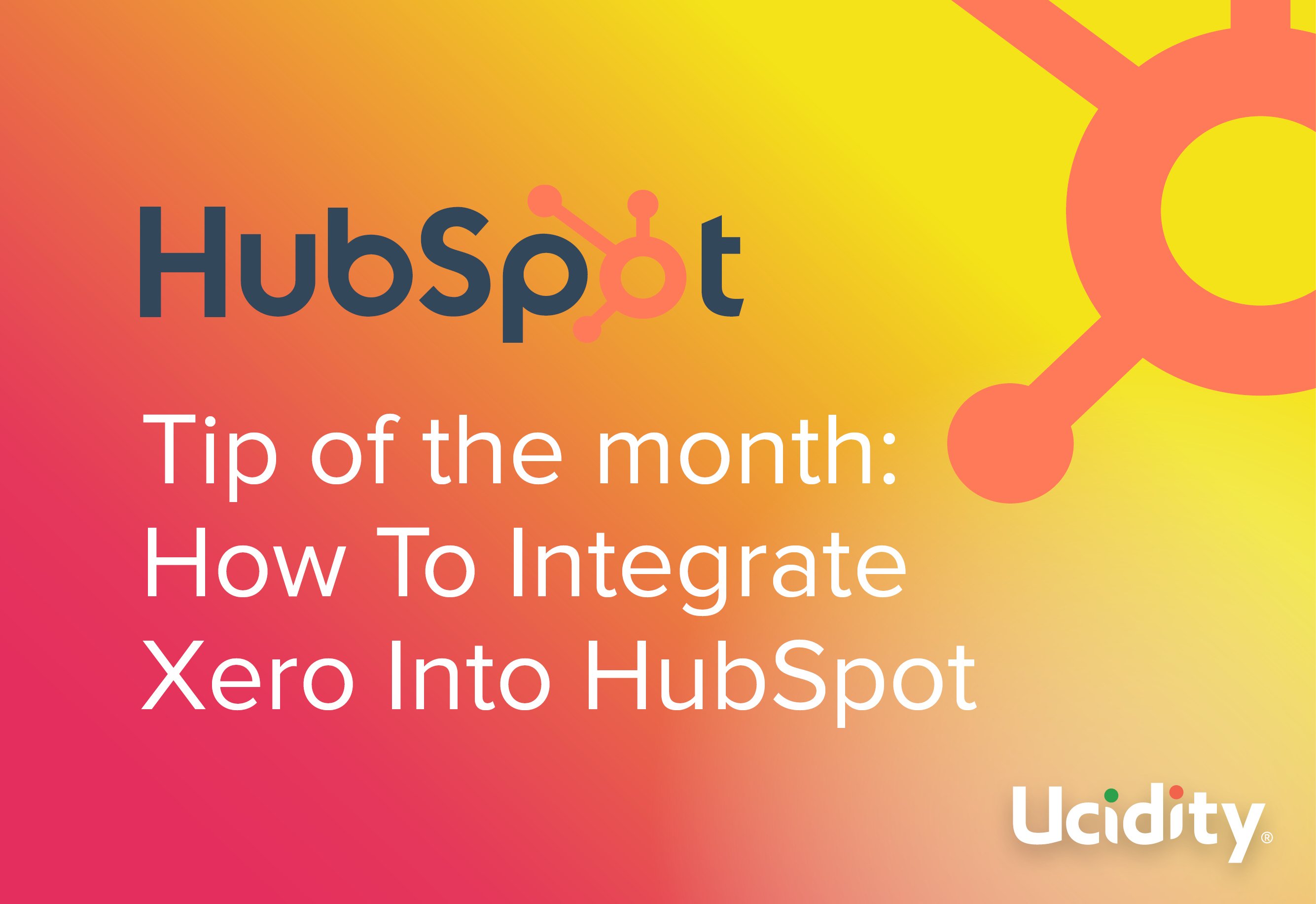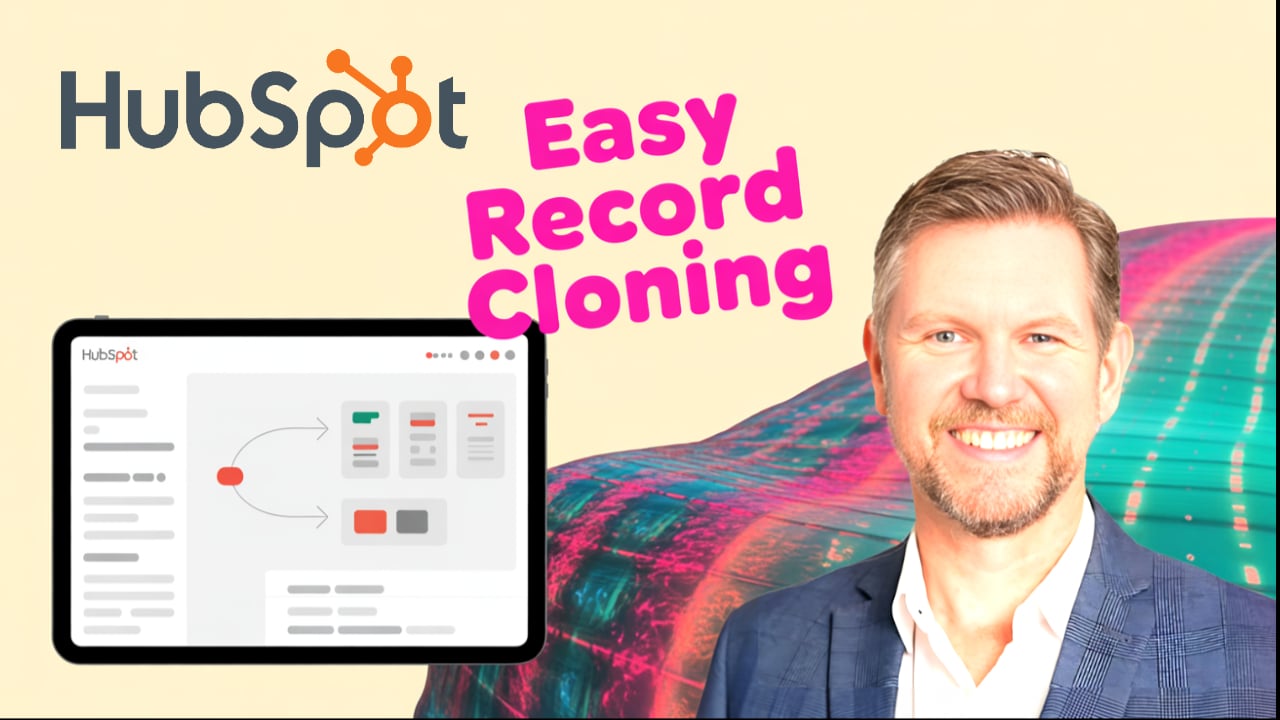
Content Marketing,Content Marketing,Content Marketing | 4 min read
What is ABM?
According to marketing leaders HubSpot - Account-Based Marketing (ABM) is:
"A growth strategy in which marketing and sales work together to create personalized buying experiences for a select set of high value companies."
So what?
Well, the key to the above definition is high-value companies. It's a strategy that helps your business grow, by focusing on higher net worth sales that take longer to convert.
As an example, according to LinkedIn, businesses who adopt ABM:
- benefit from highly aligned marketing and sales teams
- see up to a 208% increase in marketing-generated revenue
- experience a 36% increase in customer retention
Let's read on and take a look at how it might apply to your marketing and sales process.
ABM versus other forms of marketing
When to use ABM
ABM is perfect for:
- High-value clients - i.e. those types of clients that you might be happy to bring in only a few of per year, but would make a huge difference to your business
- Clients who take longer to get over the line, but who are worth it when they do
- When your pipeline is healthy, but you'd love to focus on some larger perfect fit clients to grow your business further
When NOT to use ABM
Other forms of marketing will most likely work better for the following situations:
- Your pipeline is looking dry
- You'd prefer a faster or shorter sales cycle
- You're happy with high volume sales
- You offer a product or service that has a lower price or lower margin
You might like to also read our article which covers 12 clever ways to generate leads that you're probably not using yet.
How do you "do" ABM?
Account-Based Marketing takes more planning and effort than other forms of marketing BUT it can result in your sales and marketing teams working more closely than they ever have AND end up with you building the next generation of your marketing collateral.
This multi-step process is proven to deliver the right results:
- Form a committee: Make sure the committee has a mix of BOTH marketing and sales representatives. This could start with one of each.
- Define a group of businesses with similar traits: This is typically something like an Industry or size - e.g. Manufacturing Business or BRW Top 100 businesses. You could also pull this data from your most successful clients.
- Agree on a shortlist of Accounts: Members of the committee need to conduct initial research to create a list of businesses that could possibly fit your ABM strategy. Once members have completed their research - present their lists to the committee to cut them down to a shortlist that you all agree on.
- Define business goals: What goals do you want to for the business as a result of the ABM strategy e.g. Acquisition, Expansion or Retention
- Develop a content strategy: Ideally, this is driven by your sales team, as they are the people who have the most knowledge of the challenges of the people you are targeting.
- Create a segmented list of contacts: For larger accounts, businesses see an average of 6.8 people involved in the buying process. The ensure that you include these people, create a list of contacts within each Target Account break them into separate categories:
- Decision Makers: The people who have the final say in whether or how you implement your products or solutions.
- Influencers: The people who influence the decisions of the decision-makers. These people are typically in roles where they provide advice to the Decision Makers.
- Implementers: The people who will be implementing your product or service. They might tend to focus on the finer details of your product offering and how it compares with their current solution.
- End Users: The people who will ultimately be using your product or service the most. They traditionally have less influence on the final decision - but can "push up" to their management if they think your solution is better than their current one.
- Blockers: The people who are likely to resist your product or service offering. They will need more convincing and confidence than the rest of the target contacts.
- Develop an engagement strategy: As discussed above, each touchpoint will require a different strategy. Each strategy should be also tailored based on where they sit in the sales cycle:
- Awareness: "I'm your target customer but I'm not yet in need of your product or ready to look for alternatives to what we already use" - a good approach could be to build brand awareness through engaging case studies and testimonials.
- Consideration: "I'm researching potential solutions, but I need to know why I should consider you" - nurture these contacts by hosting events such has webinars, or sharing your expertise via industry trends and research.
- Decision: "I'm ready to buy - I need you to help me start the process" - follow up with your most engaged prospects with remarketing, e.g. with Product Guides via LinkedIn.
- Measure and adjust: Once you are running your ABM strategy - you will want to monitor the results. Ensure that the original committee meets regularly to discuss feedback on the results and adjust the approach if necessary.
Published on November 12, 2021




.jpg)